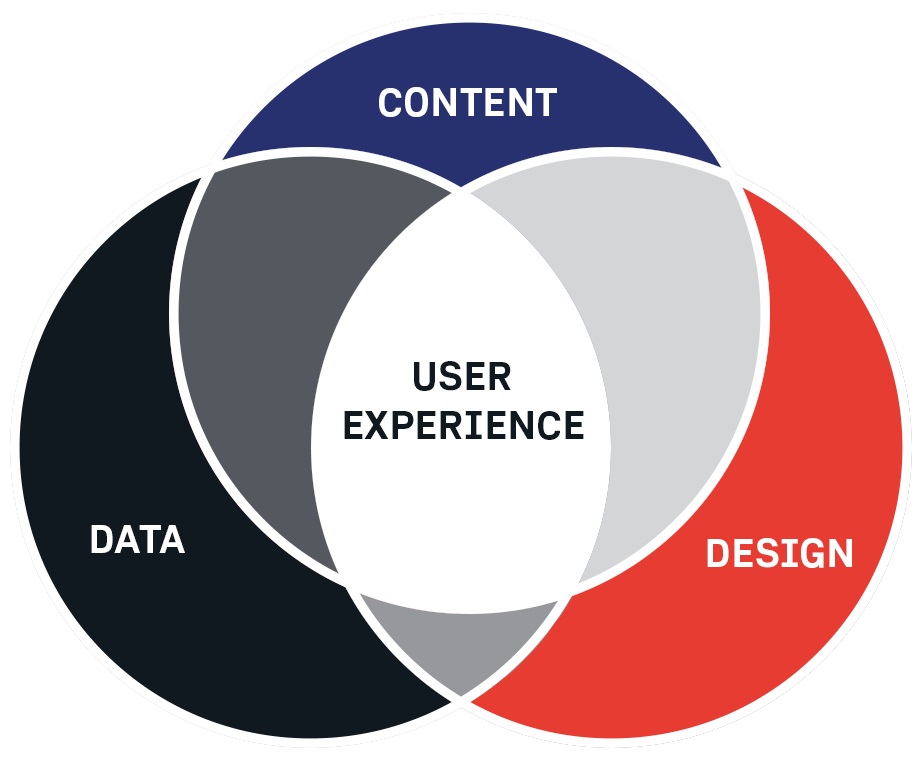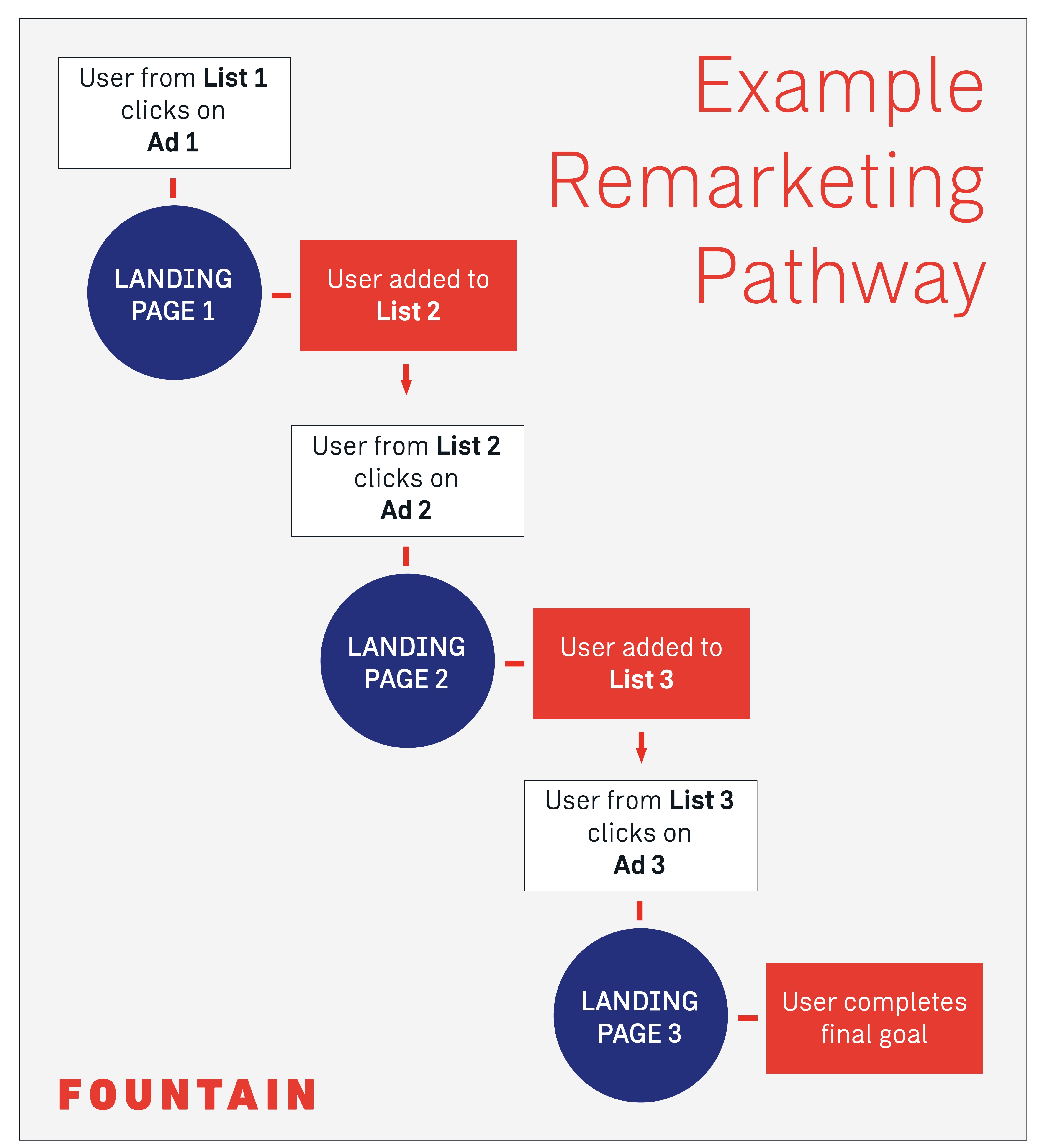SMEs: a guide to growing your business using PPC
New to PPC? Marcus Hemsley, of Fountain, explains why it has the edge over other forms of marketing for small businesses.
 As a small business, having a constant source of new sales or leads is likely to be
your top priority. Pay per click (PPC) is a predictable and trackable method of generating
sales and leads for your business, when implemented correctly.
As a small business, having a constant source of new sales or leads is likely to be
your top priority. Pay per click (PPC) is a predictable and trackable method of generating
sales and leads for your business, when implemented correctly.
We believe that PPC has the edge on other forms of advertising, particularly when you need your marketing budget to go further.
It’s trackable
What you can measure, you can improve. PPC is trackable, so you can see a measurable return on your investment, and optimise the performance of your campaigns accordingly.
It’s targeted
Paid advertising platforms are becoming ever-more sophisticated, and so are their targeting options. This means that you can zoom in on your highest-value customers and optimise your campaigns just for them.
It’s cost-effective
This form of advertising can be highly cost-effective, since you only pay for actual clicks from a highly-relevant audience.
Before we take a look at specific strategies for growing your business using PPC, let’s take a look at the basics.
What is PPC?
PPC is a method of online advertising where adverts are placed in strategic places and advertisers are only charged when someone clicks on one of their adverts.
The most common form of PPC advertising is paid search. You may be more familiar with the term AdWords, now Google Ads, which is Google’s advertising platform. Paid search is where search engines, such as Google and Bing, enable advertisers to show their ads on their search engine results pages (SERPs).
Paid ads appear at the top, bottom, or to the side of the organic search results, and are clearly labelled ‘ad’ or ‘sponsored’. Organic results appear in search due to their relevance, and not because they were paid for. Therefore, if someone clicks on an organic link, the business doesn’t get charged for that click.
PPC can also be used to place adverts on social media platforms such as Facebook, LinkedIn, YouTube, Twitter and even Pinterest. You may see these within your social media news feeds, to the side, or in other forms.
Common PPC terms and their meanings
CPC: (cost per click): how much it costs an advertiser for one click.
Impression: when your ad is shown. It’s important to note that this does not mean that your ad has been seen. For example, if your ad is shown at the bottom of search engine results and a user does not scroll all the way down to see it, this still counts as an impression.
CTR (click through rate): the percentage of impressions of your ads that result in clicks.
Conversion rate: the percentage of users who completed a conversion on your website after clicking your ad. A conversion is an action such as making a purchase, downloading a white paper, or signing up to a newsletter.
Remarketing or retargeting: where you use cookies to track users who visited your website but didn’t convert. You can continue to deliver relevant ads to them for 540 days as they browse online.
Strategy one: forecasting
The biggest mistake that businesses make in digital marketing is focusing on activities, rather than outcomes. The most successful PPC campaigns begin with the end in mind.
Before deciding where to invest your PPC budget, such as Google Ads, Facebook or Twitter, you first need to use forecasting to see whether these channels will be profitable for your business.
First, calculate how much you are willing to spend to get one new paying customer – this is your cost per acquisition (CPA). How much your CPA is will determine which channel is the most viable for sending traffic to your website.
You then need to know the cost per click (CPC), which will be different depending on the channel. For example, a click from Facebook might cost 50p; LinkedIn could cost you £2.50 per click; Google Ads works on competitive bidding, so could cost anywhere from 6p to £100, depending on which search term (keywords) you choose. By logging into each advertising platforms and looking at which keyword or demographic(s) you’d like to target, you can get an idea of CPC.
For Google, a great plug-in to chrome is Keywords Everywhere, which allows you to see the volume of searches and CPC of any search term you put into Google when the results come up (see image below).

Last, you need to know the conversion rate required. This is how many visitors to your website need to convert for your campaign to be profitable. For example, if you want to pay £100 for a sale through your website (CPA), and the CPC of a Google Ad to send someone interested in your products is one pound, you need at least 1 per cent of visitors to become customers. If it were £20 per click, you would need one in five visitors to buy, so your campaign is unlikely to deliver a return.
It’s worth bearing in mind the average conversion rate (CVR) on the internet is 2 per cent (one in 50) and 1 per cent (one in 100) for e-commerce.
In other words, once you get an idea of the CPC, multiply it by 100 (if you have an e-commence website), or by 50 (if you are generating leads), to see if you would be happy paying that amount for a sale or enquiry. If not, you’ll have to work on the conversion rate before running PPC.
Strategy two: conversion rate of optimisation
 Conversion rate optimisation (CRO) is where you employ user research tools and understanding
to make improvements to your website, so that more visitors convert.
Conversion rate optimisation (CRO) is where you employ user research tools and understanding
to make improvements to your website, so that more visitors convert.
As mentioned above, you could be spending thousands of pounds in advertising, and driving hundreds of leads to your website, but not making any more sales.
Think of conversion like a leaky bucket. Visitors could be landing on your website, but the purchase button is in the wrong place, or the words on the page don’t match the offer in the advert. These user experience problems can cause people to ‘leak’ out of your website and therefore not go on to convert.
If you have the highest converting website in your industry, you can then pay for all of the traffic you need. A website with a 2 per cent conversion rate (two in 100), need only convert an additional two in 100 visitors to double the conversion rate to 4 per cent (four in 100), and therefore double its number of leads and sales, while halving the costs.
Strategy three: advanced remarketing
 Remarketing is a low-cost, high impact form of PPC. In competitive sectors with high
CPCs, remarketing is a budget-friendly strategy for keeping your business front of
mind. It works by showing an ad on other websites to anyone who has been on your website
within a specified timeframe. You can then deliver highly relevant ads to these visitors
for 540 days, based on which actions they previously carried out on your website.
Remarketing is a low-cost, high impact form of PPC. In competitive sectors with high
CPCs, remarketing is a budget-friendly strategy for keeping your business front of
mind. It works by showing an ad on other websites to anyone who has been on your website
within a specified timeframe. You can then deliver highly relevant ads to these visitors
for 540 days, based on which actions they previously carried out on your website.
Typical remarketing strategies feature ads that look like product listings for something a user has already viewed, such as a laptop, or a pair of shoes. Some offer deals, highlight discounts, or simply promote the business, and usually lead the user back to the page they originally visited.
A more sophisticated approach is to sell the next step by seeking to answer questions, or address customer concerns. Who is the trusted authority or thought leader in your industry? If the answer doesn’t immediately spring to mind, it’s there for the taking. If it does, and it’s one of your competitors, the chances are they are not leveraging the power of remarketing to stay front of mind, and you could take their place.
If you use remarketing to deliver valuable thought leadership content that’s interesting and useful to target audiences through banner ads, YouTube videos, sponsored LinkedIn, Facebook or Twitter posts, you will become ingrained in people’s minds as thought leaders.
PPC strategies for growing your business
In summary, the three strategies are:
- Carry out forecasting to make sure that your PPC campaign will be profitable.
- Use conversion rate optimisation to convert more visitors.
- Adopt advanced remarketing to stay front of mind and be a thought leader.
Whether you already run PPC and feel that your campaign is not as effective as it could be, or you haven’t yet invested in PPC, these three strategies are a powerful combination for running successful PPC advertising.
- This blog post explains some of the terms used in this article: ‘3 numbers that will make your digital marketing more profitable’.
- You can also find out more about CRO in this post on conversion rate optimisation.
About the author
Marcus Hemsley is the founder of Fountain, a strategic digital marketing agency. Fountain is a Google global award-winning agency, specialising in paid advertising and conversion rate optimisation. Marcus has worked with some of the world’s biggest brands, but really enjoys working with well-funded start-ups who are keen to disrupt traditional industries.
See also
